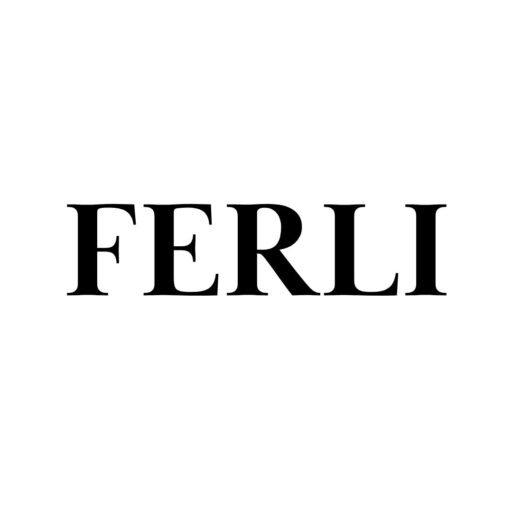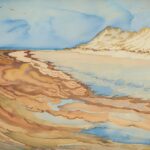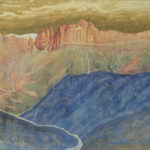Carl Johan Forsberg
Biography
Carl Johan Forsberg, born on March 25, 1868, in Norrköping, Sweden, and who died in the same city on October 30, 1938, was a Swedish painter, illustrator, and architect. He is best known for his luminous watercolors, Scandinavian landscapes, and everyday scenes imbued with deep poetic sensitivity. His style, situated at the crossroads of realism and a subtle symbolism, belongs to the Nordic tradition of nature observation while infusing it with a highly personal, intimate, and lyrical touch.
Coming from a modest background, he began his studies at the Royal Academy of Fine Arts in Stockholm in 1890, where he trained in both architecture and painting. He further enriched his education through extensive travels across Europe—including Paris, London, Rome, Germany, and Spain—as well as North Africa, where he discovered new qualities of light and more southern atmospheres, all without ever abandoning his Nordic roots.
Upon returning to Sweden, he established his studio in his hometown of Norrköping, where he developed a rich and varied body of work. His preferred medium was watercolor, which he used with great subtlety to capture variations of light, season, and the moods of the Swedish countryside or domestic life. He painted gardens, cityscapes, working women, interiors, as well as numerous self-portraits and genre scenes. His art reflects a keen attention to detail and a desire to preserve the memory of everyday life in an elegant, almost musical aesthetic.
Alongside his painting, Forsberg also pursued a career in architecture, most notably designing his own residence, the famous Villa Flora in Norrköping. Built in a refined and poetic Art Nouveau style, the house perfectly mirrors his artistic vision—serving as both a living space and a place of inspiration and creation. It stands as a symbol of his holistic approach to art.
Forsberg remained somewhat apart from the major art scenes of his time. Unconcerned with fame, he nevertheless participated in several group exhibitions in Sweden and abroad, where his works were praised for their technical finesse and emotional depth. He left behind a prolific body of work, much of it held in private collections, as well as in several Swedish museums—most notably the Norrköping Museum, which regularly dedicates exhibitions to his art.
Today, Carl Johan Forsberg is being rediscovered as a unique figure in Scandinavian painting at the turn of the century—a discreet yet powerful witness to an intimate world, combining the melancholic softness of watercolor with the structural precision of an architectural view of everyday life.


